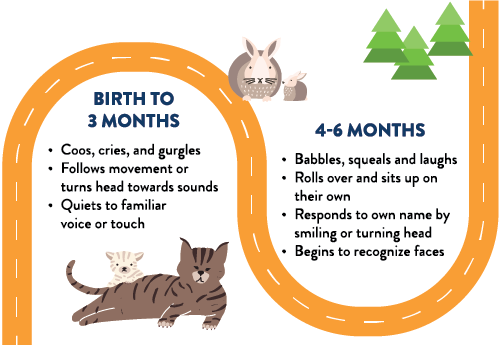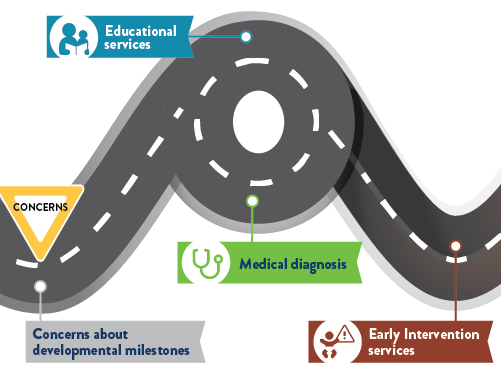What Every Parent Needs to Know About Autism Benefits, Services, and Resources in Minnesota
As a parent, have you ever wondered if your child is on track with their developmental milestones? Have you ever been concerned that your child may not be developing on pace with their peers? Or have you even been told your child has autism or a related condition?
Over the past 3 years, we have worked with the Minnesota Department of Human Services to understand the Early Intensive Developmental and Behavioral Interventions benefit program for children with autism and related conditions. Below are some key tools to help parents learn more about autism and navigate the available services and benefits.
Early intervention is critical for children with autism.
One thing is clear: Children who are diagnosed with autism and receive services at a young age have better outcomes than those who are diagnosed and receive services later. We worked with DHS and their interagency collaborative to put together a summary of key developmental milestones that babies and toddlers should be achieving. It also describes what resources are available to parents who have questions about their child’s development.

Connecting with other parents and systems of support is critical.
After their child is diagnosed with autism, parents can feel overwhelmed and not know what to do next. This summary of autism services and supports helps parents understand what they should pursue for their child in the year after diagnosis. This document outlines how a medical diagnosis is different from an educational determination of autism and the different services and supports that follow each. Also, the Pathways to Services and Supports document can help parents navigate what options are available to their child in the years that follow. Receiving a diagnosis of autism can be stressful for families. These documents provide information for families to access the services and supports they need.
It can be difficult to figure out what steps to take, what words to use to ask for help, and which “gatekeepers” control access to specific services and supports.
We did an in-depth study with parents of children with autism about their experiences navigating the system of services and supports. We used a new research method called Journey Mapping to understand the strengths and challenges in the system from the parents’ point of view.
We learned that parents often feel overwhelmed by the system, as they don’t know what’s available to them, how to access it, or where to go next once they’ve made progress. We also learned that the early stages of the journey are the hardest on families, especially the very beginning of the process when families know their child is not developing typically but are not yet connected to services and supports they need. The good news is that we did see that things gradually got better for most families as they got connected with other parents and systems of support.

Services are available to support young adults as they move toward independent living.
Parents who have a child with autism who is getting older may have other concerns about their child’s future and how to support their child to live as independently as possible. There are services and supports available through DHS, Department of Employment and Economic Development and Minnesota Department of Education and community-based organizations, though parents often do not know that these exist or how to access them. We put together this Next Stage document that outlines the types of transition supports that are available to young adults as they transition into independent living and the work world. Parents should start thinking about this transition age when their child is a teenager (or sooner!) to ensure a smooth and successful transition to adulthood.
We hope some of these resources will be helpful for parents who are worried about their child’s development or who are at any point in their journey through the system of services and supports to ensure their child with autism has the highest quality of life possible. Please go to the Minnesota Autism Resource Portal for more information.
Nicole MartinRogers and Emma Connell, Wilder Research, provide evaluation and research for Early Intensive Developmental and Behavioral Intervention services.

